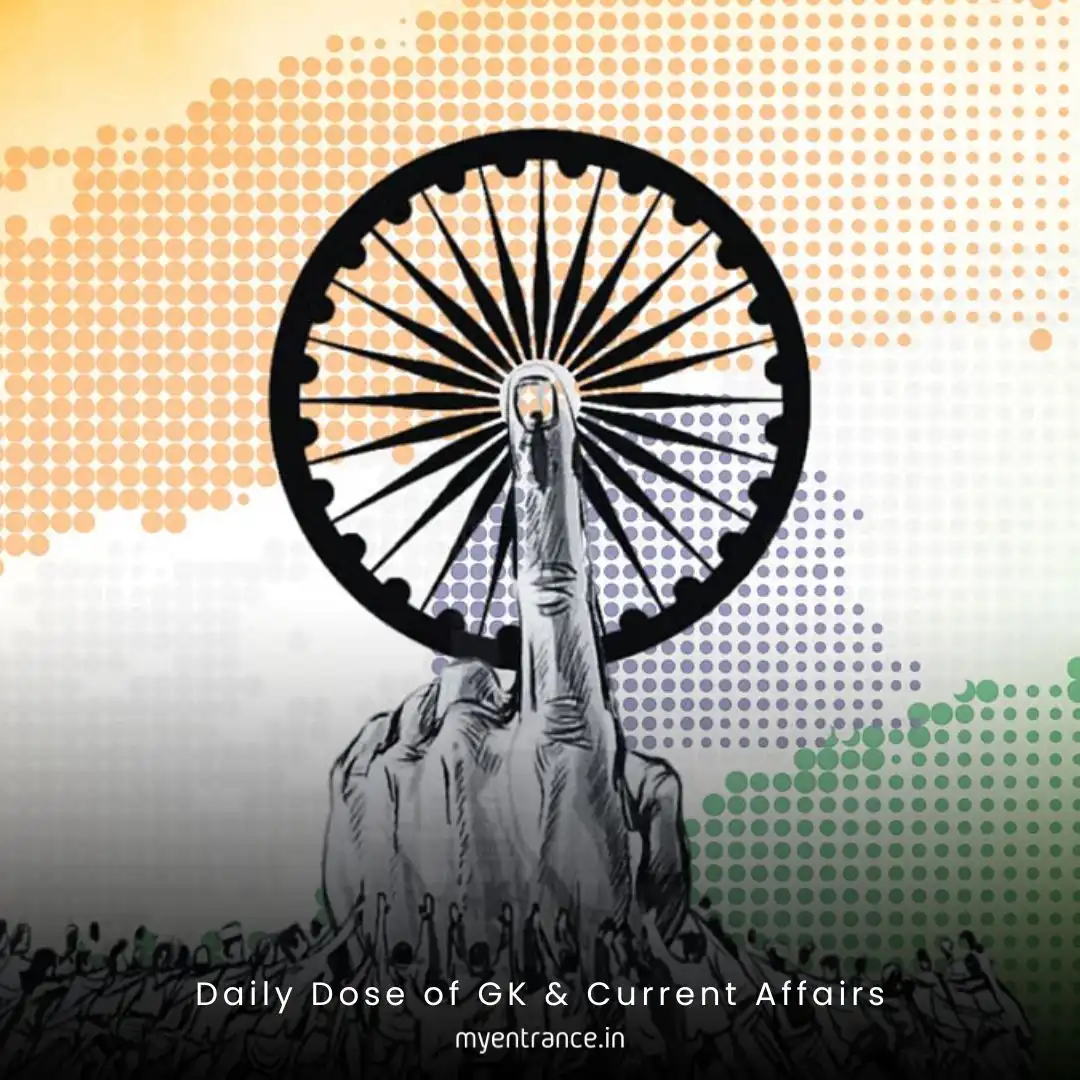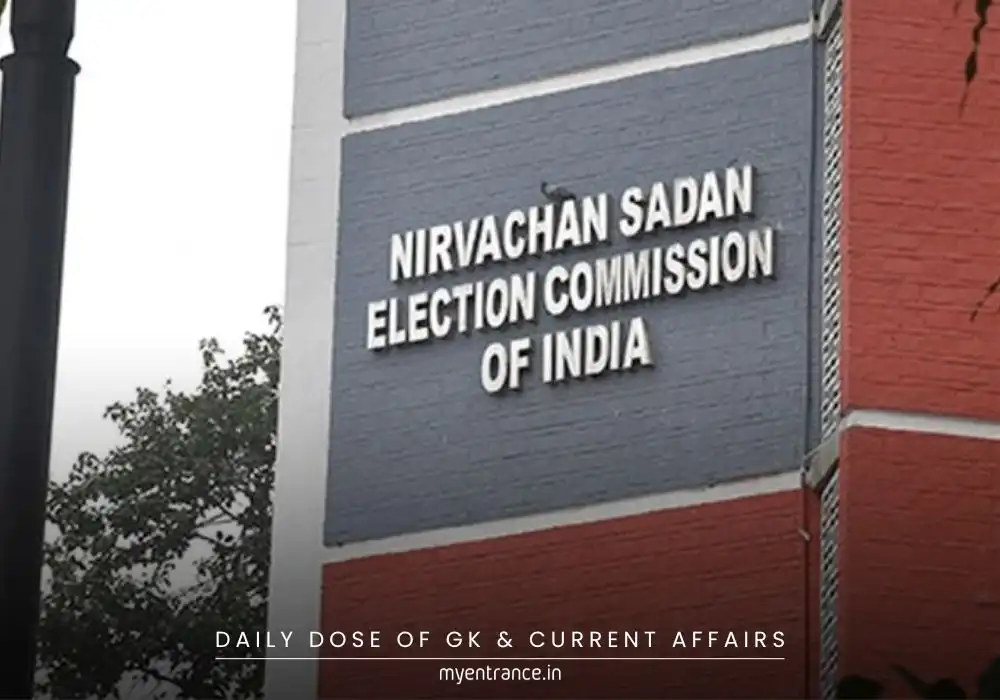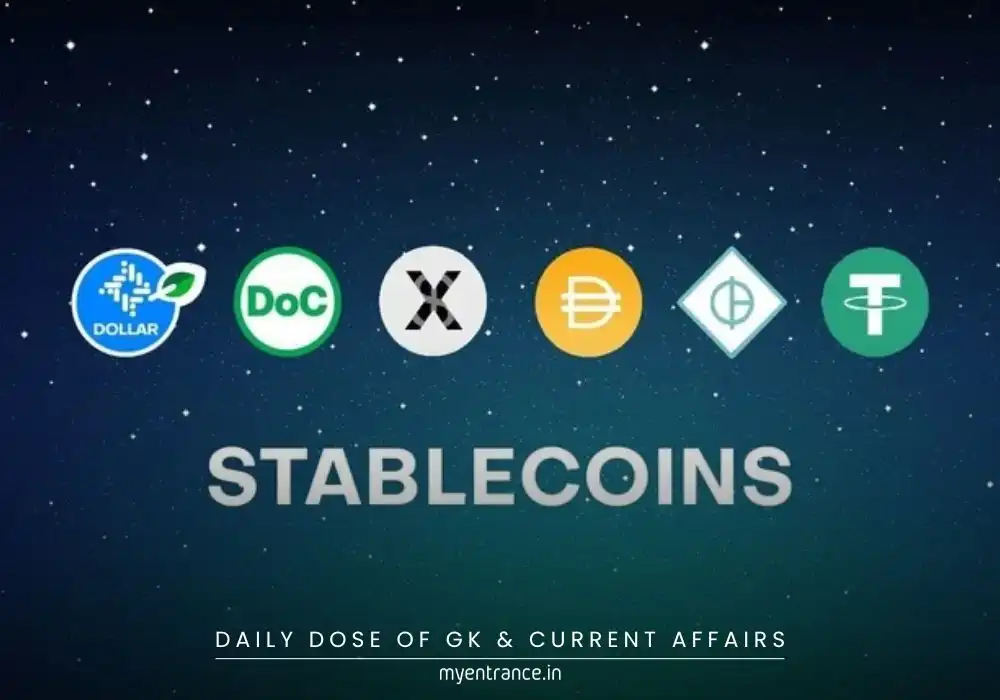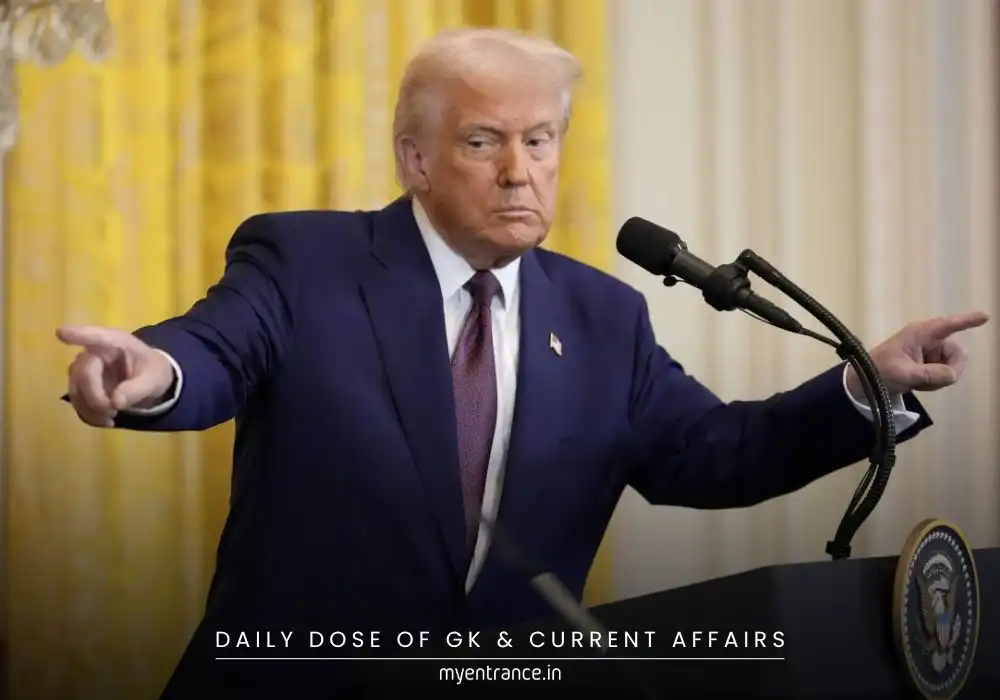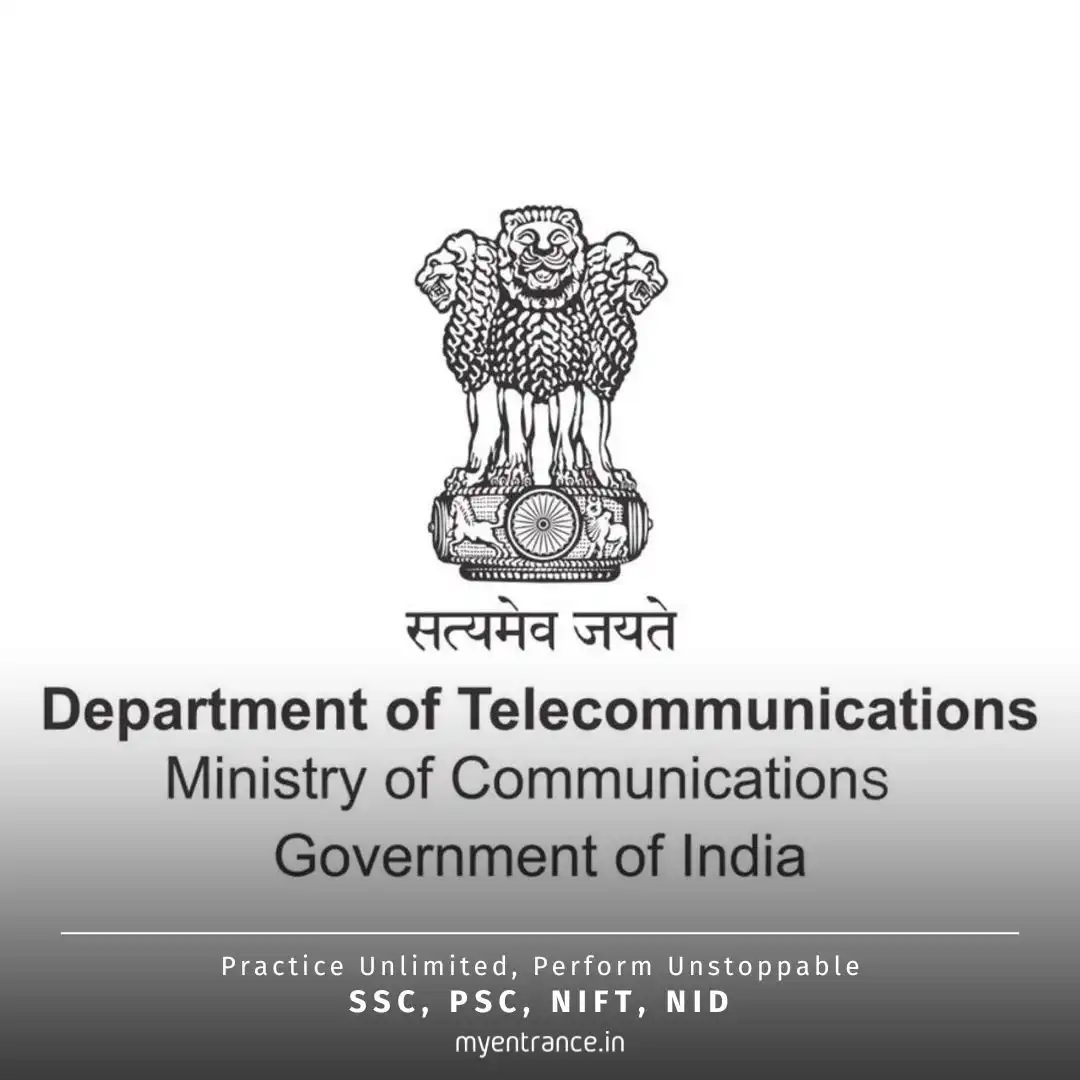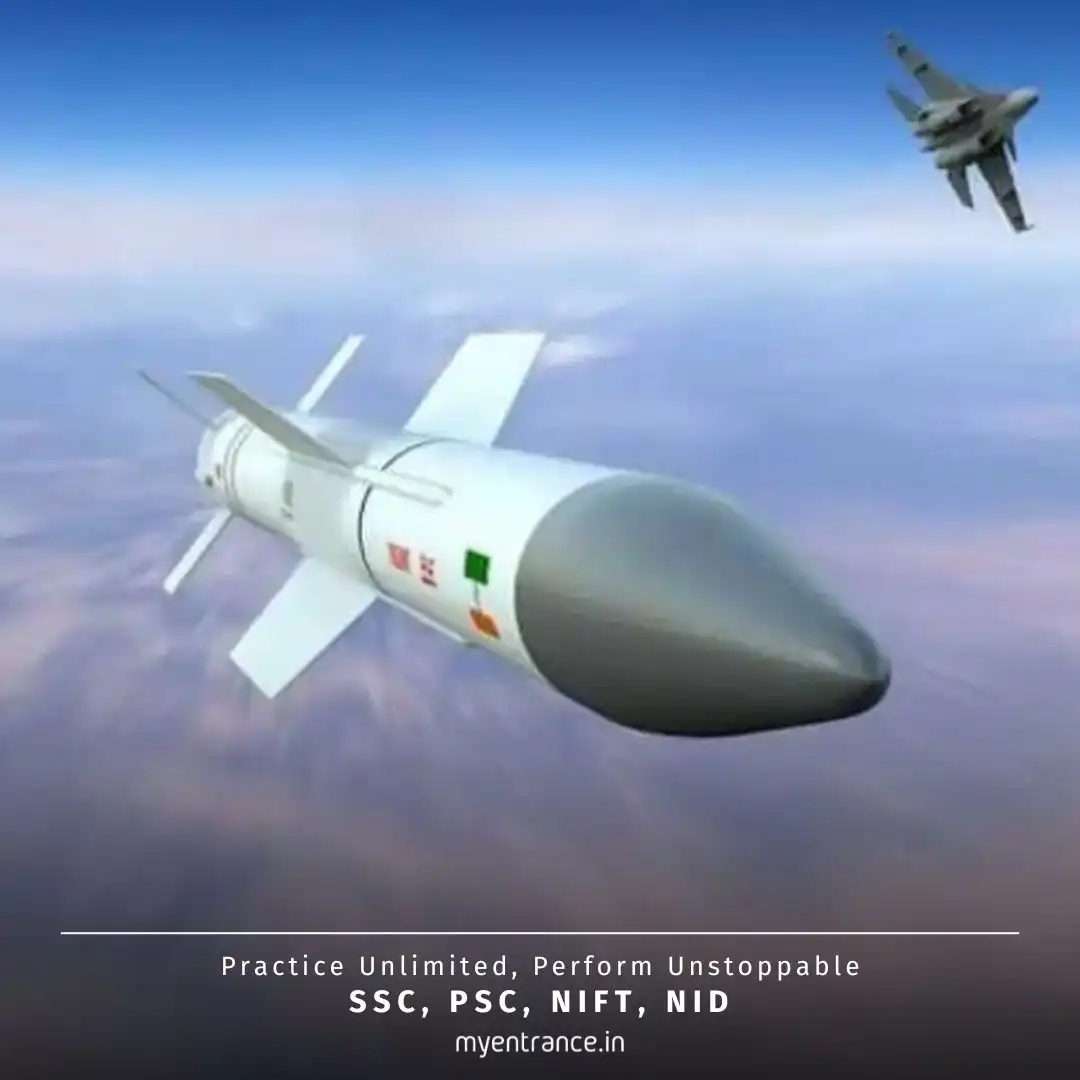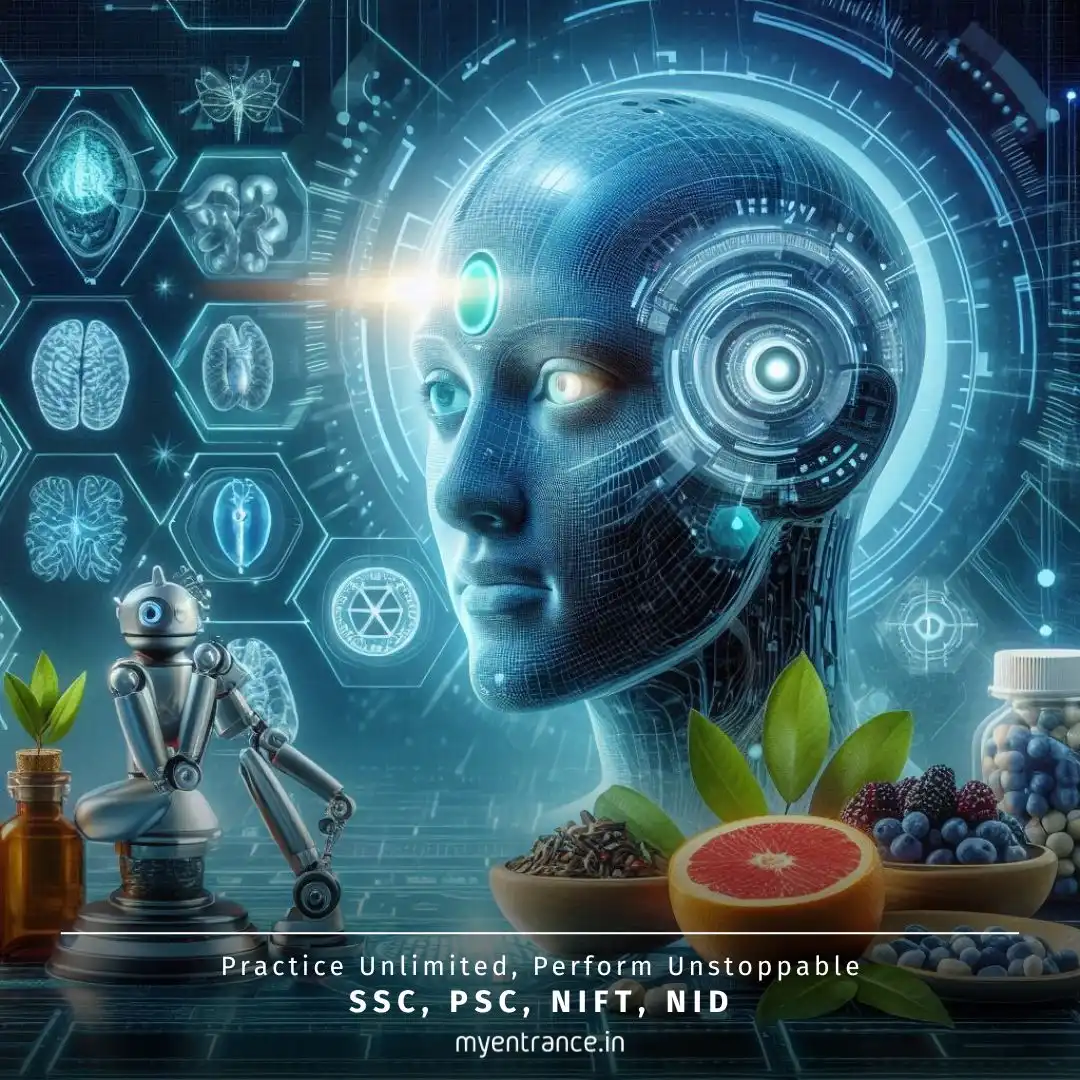Translate Language
How Does India’s New Electric Truck Incentive Scheme Work?
India is taking a major leap toward sustainable freight mobility with its new Electric Truck Incentive Scheme under PM E-DRIVE. With subsidies up to ₹9.6 lakh per truck, the government aims to accelerate the shift from diesel to electric in key sectors like logistics, ports, and steel. This initiative aligns with India’s net-zero emissions target by 2070 and promises lower pollution, cost savings, and green job creation.
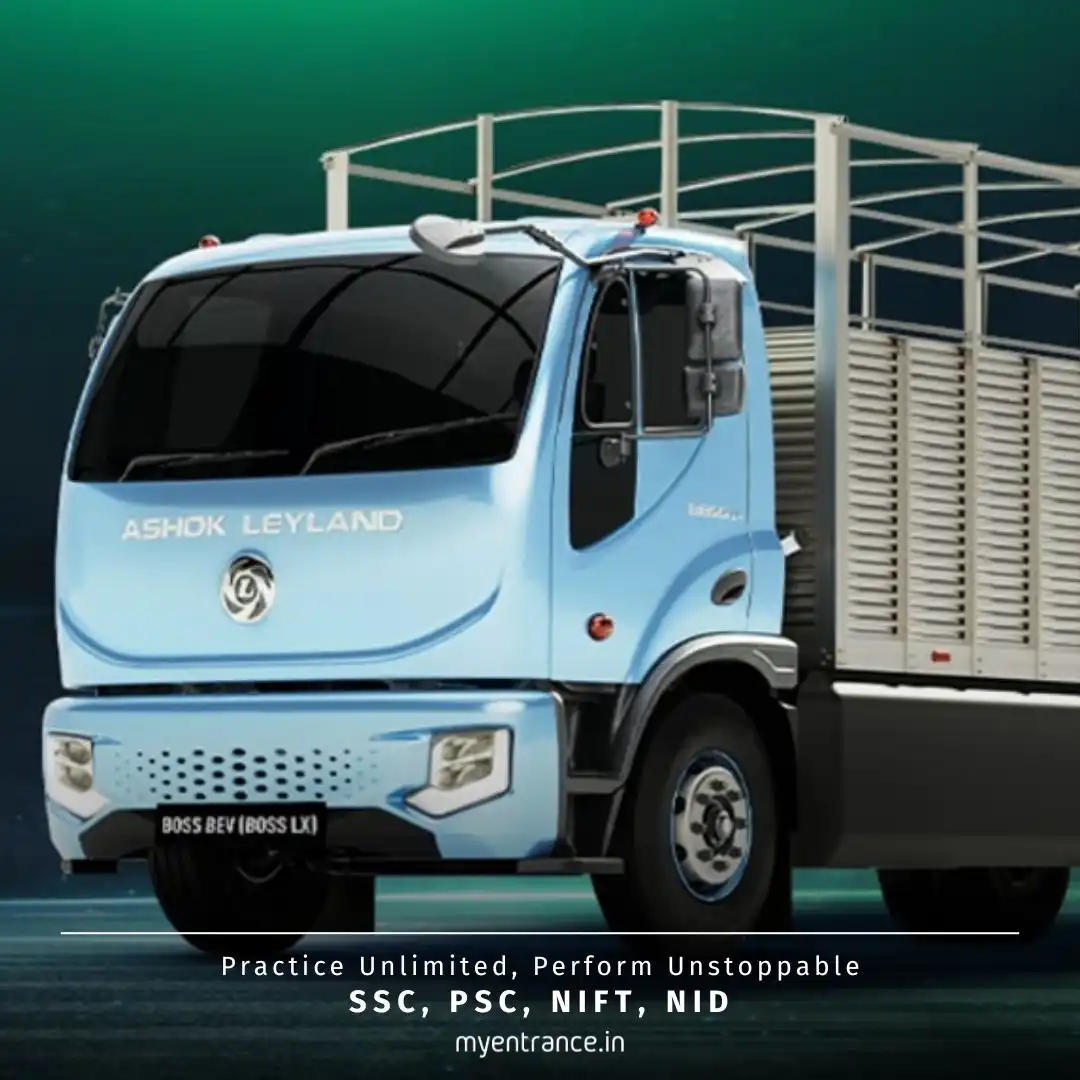
What is the Electric Truck Incentive Scheme?
The Electric Truck Incentive Scheme is India’s first direct subsidy program for electric commercial vehicles, offering financial support to buyers who switch from diesel to electric trucks. Key highlights:
Subsidy Amount: Up to ₹9.6 lakh per truck, given as an upfront discount.
Eligibility: Buyers must scrap old diesel trucks to qualify.
Target Vehicles: Covers N2 & N3 category trucks (3.5 to 55 tonnes).
Budget: ₹500 crore allocated under the ₹10,900 crore PM E-DRIVE scheme.
Goal: Promote cleaner freight transport, reduce logistics costs, and cut 42% of transport-related emissions caused by diesel trucks.
Why Did India Launch This Scheme?
Pollution Crisis: Diesel trucks make up only 3% of vehicles but contribute 42% of transport emissions.
Net-Zero Target: Supports India’s 2070 carbon neutrality goal.
Cost Savings: Electric trucks reduce fuel and maintenance expenses in the long run.
Make in India Push: Encourages local manufacturing with strict import limits.
Key Benefits of the Scheme
✅ For Industries:
Major sectors like ports, logistics, cement, and steel benefit from lower operating costs.
Example: SAIL (Steel Authority of India) plans to deploy 150 e-trucks in two years.
✅ For the Environment:
Reduces CO₂ emissions and improves air quality, especially in polluted cities like Delhi.
Targets 1,100 e-trucks in Delhi-NCR alone.
✅ For the Economy:
Creates green jobs in EV manufacturing and charging infrastructure.
Strengthens India’s EV ecosystem for future growth.
Sample Questions & Answers for Competitive Exams
Q1. What is the maximum subsidy offered under India’s Electric Truck Incentive Scheme?
Ans: ₹9.6 lakh per truck.
Q2. Which vehicle categories are covered under this scheme?
Ans: N2 & N3 category trucks (3.5 to 55 tonnes).
Q3. What is the main objective of the PM E-DRIVE scheme?
Ans: To promote electric mobility, reduce emissions, and support India’s net-zero goals.
Q4. Which industries are expected to benefit the most from e-trucks?
Ans: Logistics, ports, cement, and steel industries.
Q5. How does the scheme support ‘Make in India’?
Ans: It mandates local sourcing of components and limits imports.
Why is This Important for Exams?
This topic is crucial for SSC, PSC, UPSC, and other competitive exams because:
It relates to government schemes, environmental policies, and economic growth.
Questions on PM E-DRIVE, EV subsidies, and net-zero targets are frequently asked.
Understanding sustainable development goals (SDGs) helps in essay and interview rounds.
Get 3 Months Free Access for SSC, PSC, NIFT & NID
Boost your exam prep!
Use offer code WELCOME28 to get 3 months free subscription. Start preparing today!
